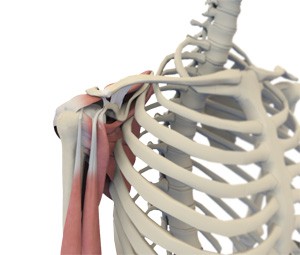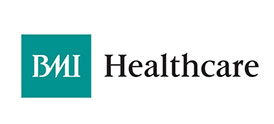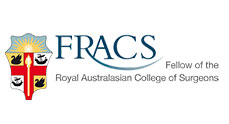
Shoulder Anatomy
The Shoulder Joint
The shoulder is the most flexible joint in the body making it the most susceptible to instability and injury.
Bones
Shoulder is a ‘ball-and-socket’ joint. A ‘ball’ at the top of the upper arm bone (the humerus) fits neatly into a ‘socket’, called the glenoid, which is part of the shoulder blade (scapula). Three bones, the collarbone (clavicle), the shoulder blade (scapula), and the upper arm bone (humerus) come together to form the shoulder joint.
Humerus
Provides attachment to muscles of the upper arm. The humeral head forms the ball of the ball-and-socket shoulder joint.
Scapula
Scapula (shoulder blade) is a flat, triangular bone providing attachment to the muscles of back and neck.
Clavicle
The clavicle is an S-shaped bone that connects the shoulder girdle to the trunk. It maintains the shoulder in a functional position with the axial skeleton and allows varied arm positions in sports. In addition to its structural function, the clavicle protects major underlying nerves and blood vessels as they pass from the neck to the axilla.
Coracoid Process
The coracoid process is the extension around the shoulder joint at the front – varus force
Acromion
The acromion is the extension of scapula (shoulder blade) around the shoulder joint at the rear to from a roof. This is also called the acromial process.
Glenoid
Glenoid is the depression at the end of scapula that forms the socket of ball- and-socket shoulder joint.
Soft Tissue
Rotator Cuff
The rotator cuff refers to a group of four tendons that attach four shoulder muscles to the upper arm (humerus) and hold it in the shoulder joint. Many shoulder problems are caused by injuries to the rotator cuff.
Biceps Tendons
The biceps tendon is a long cord-like structure which attaches the biceps muscle to the shoulder and helps to stabilize the joint.
Caracoclavicular Ligament
Ligaments connect bone to bone, and coracoclavicular ligament connects the coracoid process of the scapula to the clavicle.
Acromioclavicular Ligament
Ligaments connect bone to bone, and acromioclavicular ligament connects the Acromion process to the clavicle.
Glenoid Labrum
The Glenoid labrum is a ring of fibrous cartilage surrounding the glenoid for stabilization of the shoulder joint.
Articular Cartilage or the capsule
The capsule that surrounds the shoulder joint is a very strong ligament that helps to keep the ball and socket normally aligned.
Movements
Forward Flexion: The straight arm is raised in front of the body, with the palm down, as high as possible.
Abduction: The straight arm is raised at the side, with the palm down, as high as possible.
External Rotation: The elbows are held by the sides of the body, bent at 9 with palms facing each other. Then, keeping the elbows in contact with the body, the hands are spread outward as far as possible.
Internal Rotation: The arm is put behind the back with the elbow bend. The person reaches as far up the back as possible. This distance is measured from a specific point on the spine.





